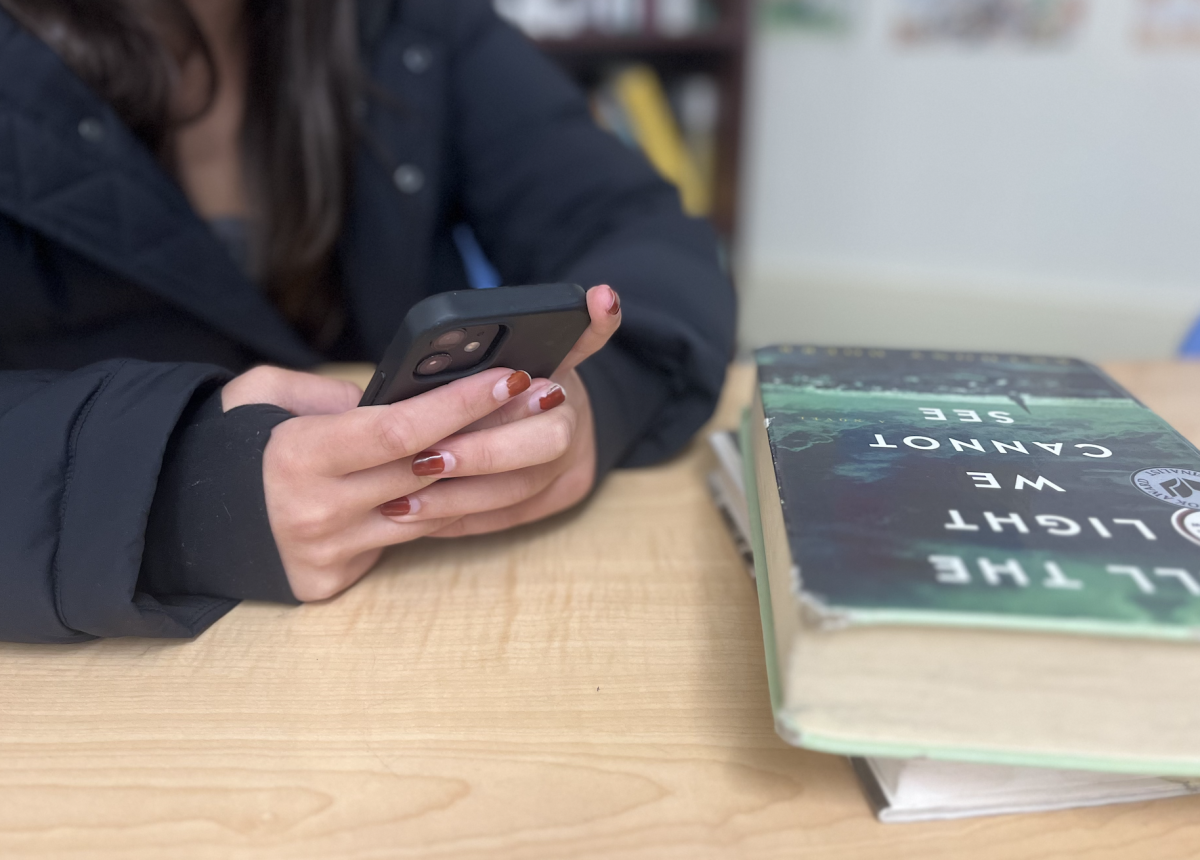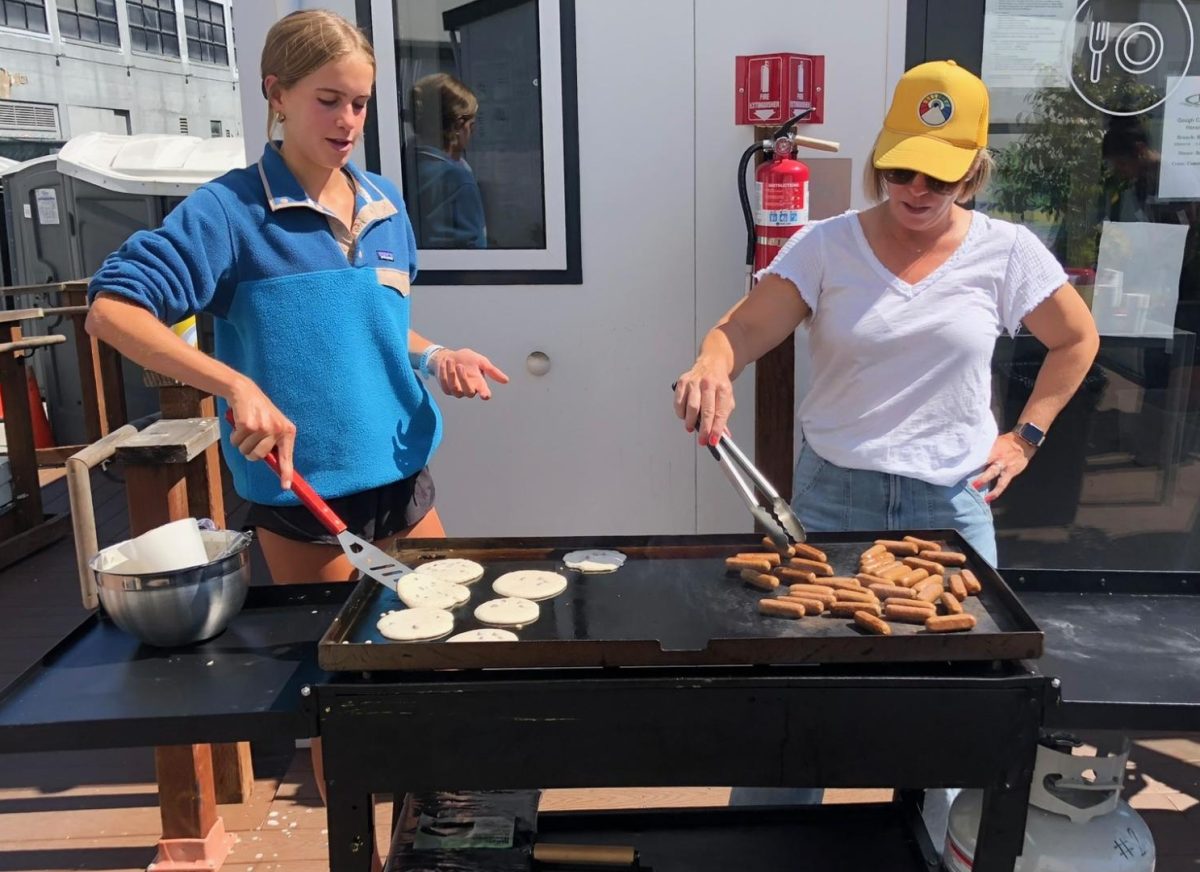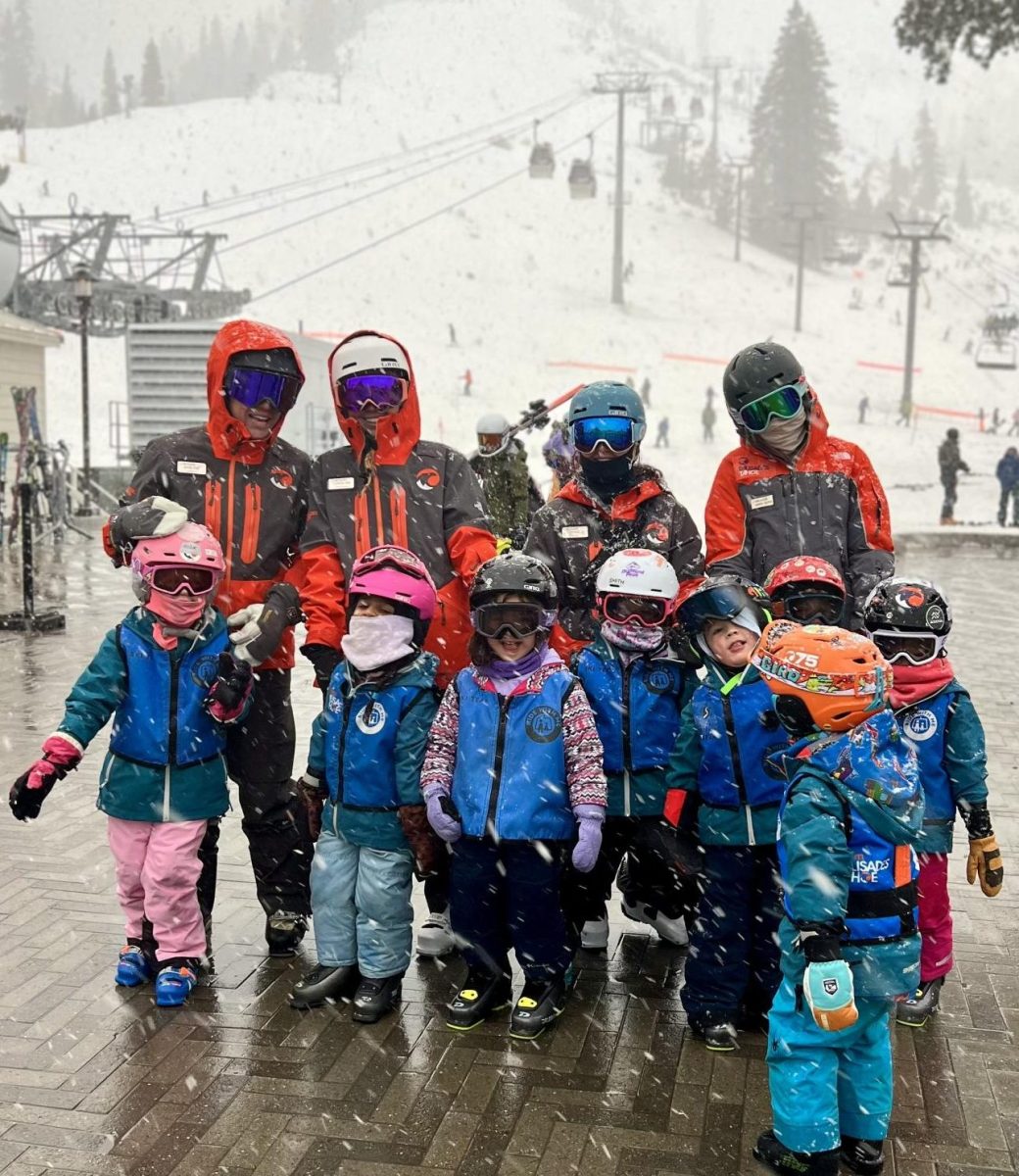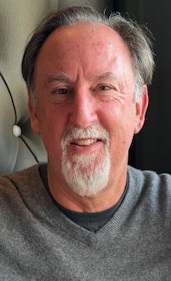Though dormant for many years, social studies teacher Jonathan Hirsch has spearheaded the re-formation of the Tobacco Use Prevention Education Program (TUPE) with the help of selected peer educators. Through the organization of the TUPE program, the group hopes to provide students with the information they need when it comes to using tobacco and other nicotine-related products.
“The primary goal is to make sure we eliminate misinformation and make sure students are making informed decisions as much as they can,” Hirsch said.
The group will focus on cigarettes and other nicotine related products, as many teens have recently turned to electronic nicotine delivery systems (ENDS), according to Hirsch.
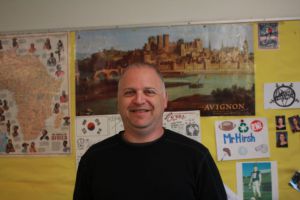
“The use of tobacco specifically, like cigarettes or chewing tobacco, is not the primary nicotine delivery system for high school students,” Hirsch said. “We’re really addressing vaping and Juuling and electronic nicotine systems.”
According to Hirsch, the selected group of student educators have surpassed his expectations. To join the program, each member was required to fill out an application and go through a day-long training session designed to introduce the group to each other and educate the students about the ways in which tobacco and nicotine are primarily used.
“They took part in a full-day training the county put on that was outstanding, and [the students] came out really excited,” Hirsch said. “They had some organic ideas and things they were passionate about in terms of ways to affect change in the levels of vaping and Juuling here, like entering social issues classes and educating them.”
Kira Samson, a junior and peer educator for TUPE, said she was drawn to the program because of her desire to inspire change in the community regarding actions such as vaping and Juuling.
“I realized there were so many people at our school that used tobacco products and they really don’t know the effects of them,” Samson said. “I felt like I could make a difference with the way that products of the future are represented in our community at Redwood.”
Another peer educator, junior Ryan Klaner-Glennon, said when he received an application from Hirsch in class he viewed it as a excellent opportunity to get involved and help address the situation at Redwood.
“He gave out applications to everyone, and when I read it I was interested in the program because it seemed like a good way to get involved in something that seems like a problem at Redwood,” Klaner-Glennon said.
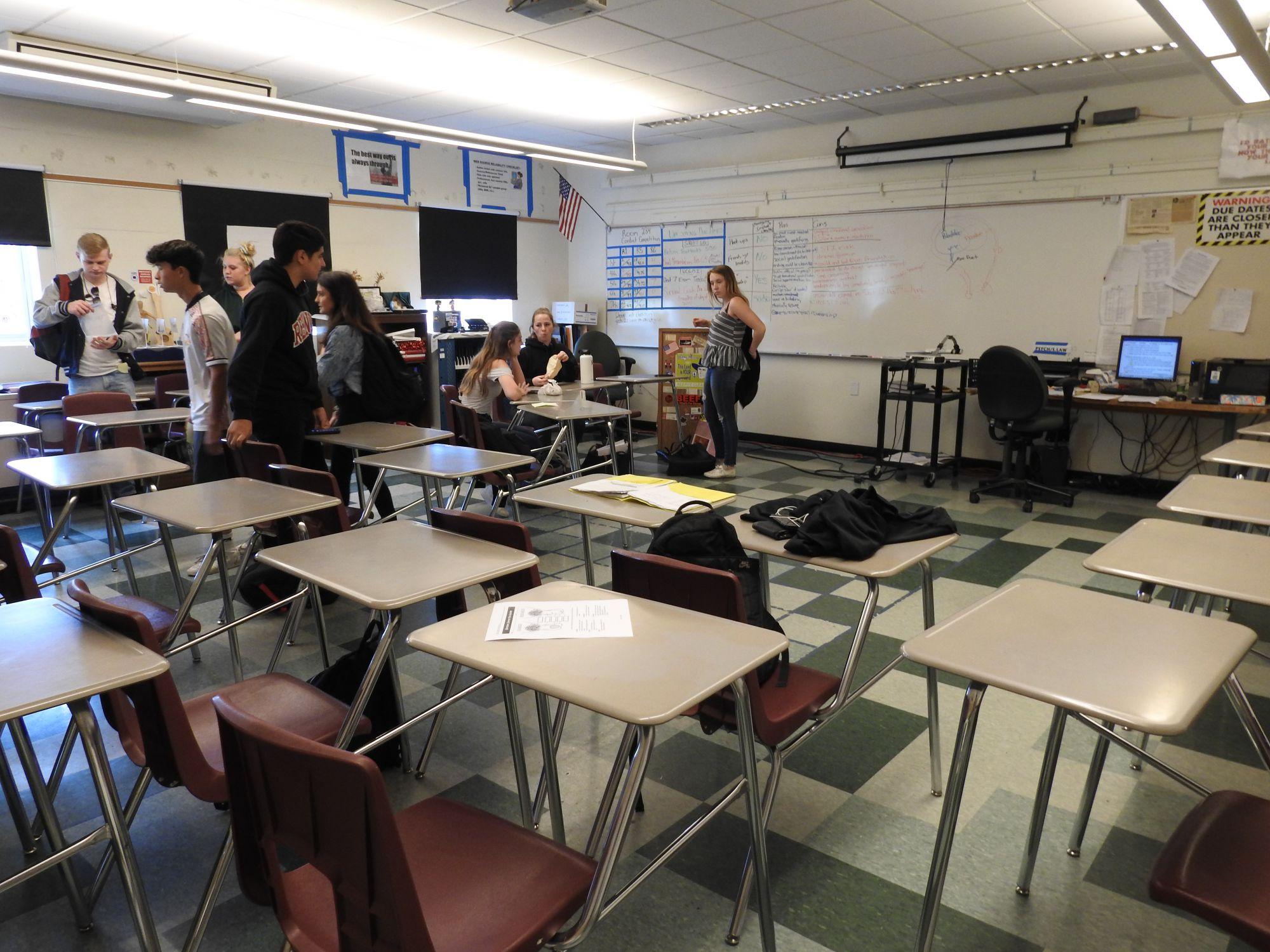
Samson said that, though she feels it is her duty as one of the peer educators to teach students the effects of nicotine and tobacco-delivering products, remaining objective is crucial in order to provide the community with the best information.
“I feel like my role is to help people really understand the products better and what can come with using them,” Samson said. “I don’t really say ‘Don’t do this,’ but we definitely don’t encourage it, and we tell people in the community what effects they have.”
Klaner-Glennon echoed that sentiment, saying that the program’s main goal is to educate and allow students to make informed decisions. A few interactive ways in which they plan to do so include presenting in social issues classes, displaying diagrams of cigarettes and smoke-affected lungs at lunch and producing a short skit for Redwood TV.

“We definitely have an overarching goal and that is purely educating kids about these products,” Klaner-Glennon said. “We don’t necessarily say that it’s all bad but we just want to educate them as much as we can so they can make an educated decision for themselves.”
Hirsch said that misinformation is common and there is a definite lack of quality information out there. Through the TUPE program, the group hopes to do as much as possible in order to change the stigma around nicotine-related products and spread valuable information that can lead to informed decisions.





